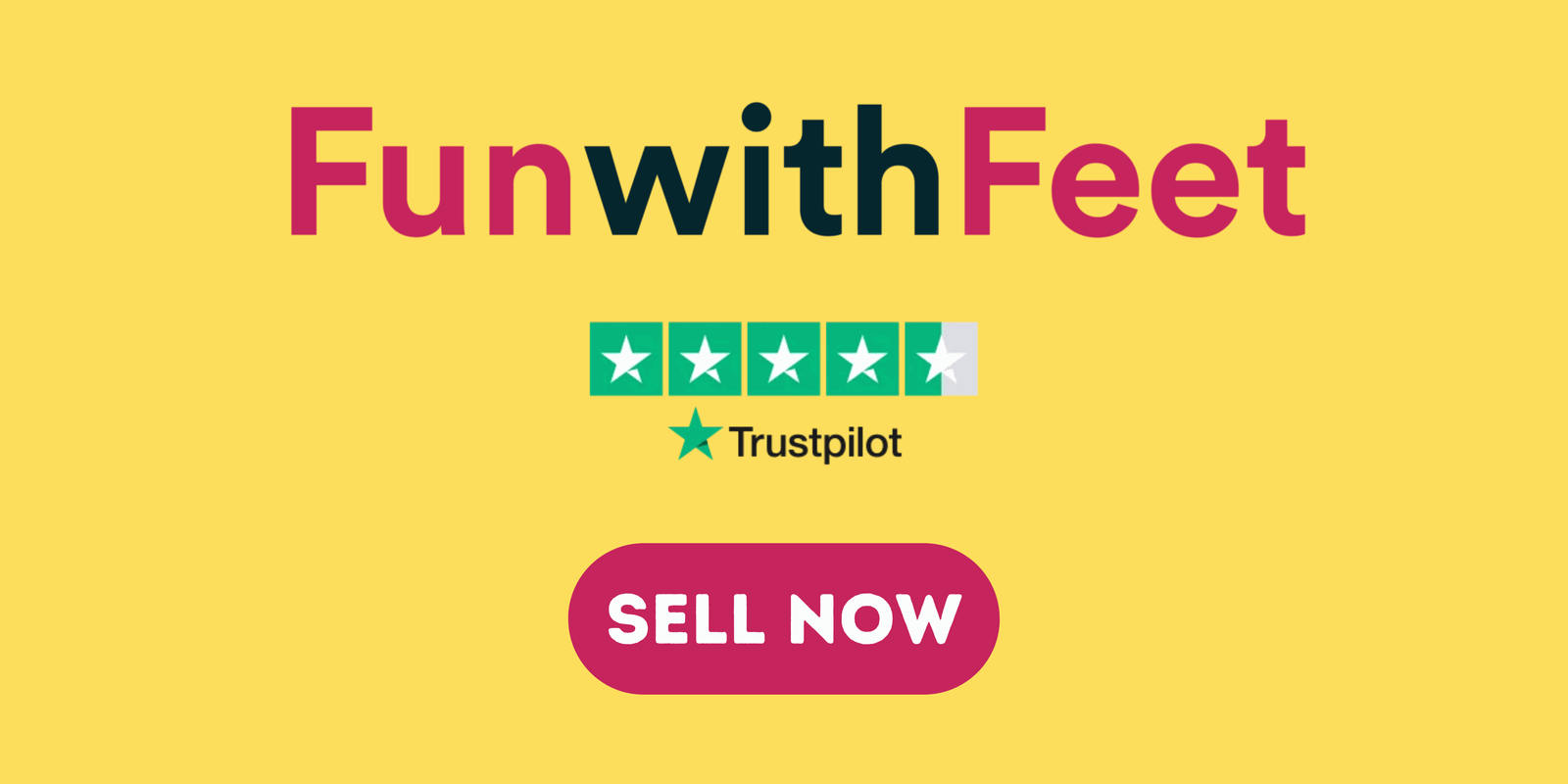Have you wondered how you can start a successful investment? You are not alone in this as many people find it hard to start investing, primarily due to the many bills they have to pay. Rent, payment of utilities, debts and other daily expenses make it hard for many people to start investing. Therefore, to start investing, one must have an elaborate plan to guide the process. One skill you need to overcome the burden of the many bills at hand is understanding how to budget your monthly bills. After putting aside funds for your monthly bills and emergency, you will have an opportunity to start investing for your future. Some of the challenges people face when it comes to investing is what kind of project to invest in and how much. Therefore, this is a guide on how to start investing.
Start Investing When You are Still a Youth
Most youths are not aware of the importance of coming up with an investment plan as early as possible in life. The importance of this is that by the time you are a grown-up, your money will have earned interest and as a result, you will be benefitting from the compound interest earned on your investment. Over time, the capital you have invested will grow from which you will start ripping the benefits. Despite the many challenges that come with investing, the advantage of investing early is that you will have enough time to watch over the challenges. By the time you will be 40 years, you will have mastered the art of stock market investment; thus, you will have avoided the primary challenge people face when they start investing late.
Determine the Amount You Need to Invest
Before you start investing, you have an investment goal in mind and the duration over which you expect to achieve the goal. These two investment aspects will guide you on how to determine the amount you should invest. People have different investment goals, but the common one is retirement. Having a retirement package is therefore essential as this will guide you on how much to be investing based on your expected retirement age. You will have to keep saving for retirement so that by the time you attain your retirement age, you have enough funds to keep you going. Generally, it would help if you aimed at investing between 10% to 15% of your annual income for retirement. However, you can calculate your retirement goal with the aid of your employer and or family to guide your investment plan.
Create an Investment Account
It is not a must for one to have a 401(k)-investment account. You can open a personal retirement account in which you can be saving your money. However, some people want to invest for other purposes rather than retirement. In such a case, you should consider investing in different accounts as opposed to retirement accounts as these have conditions on when you can take the money. The best approach for this is to choose a taxable brokerage account as this allows you to withdraw money at any time.
It is not a must for you to have a vast sum of money to start investing. With the right mindset and the right people at your disposal for guidance, you can start investing with as little as $1,000 (Ksh. 100,000) and make progress. Many stock markets brokers do not have minimum requirements for one to start investing with them. Therefore, this is an advantage for people who may have limited funds but are willing to start investing. For this reason, you consider starting investing as soon as possible.
Decide on an Investment Option
Deciding what to invest in poses another challenge to many people. Whether you are investing is a standard investment account or a retirement plan sponsored by your employee, choosing what to invest in is a crucial activity. To do this, you should conduct extensive research to understand what each investment option is and what risks it carries. If you are a starter, some of the options you might consider are as follows:
Mutual Funds
This refers to a collection of investments that work together. The benefit of mutual funds is that if you decide to invest with it, you will not have to pick individual bonds and stocks; instead, you will purchase more investment in one collection. Due to the collection of many investment packages in one, this form of investment is less risk as compared to individual bond or stocks. Therefore, if you are focused on ensuring that your funds are in a much less risky investment, then you should consider mutual funds. Moreover, as a starter, you need somewhere, you will be sure that your money is safe and growing. For these reasons, mutual funds are an excellent point to start.
Bonds
When it comes to a bond, this is a loan you give to a government, an institution or company under an agreement that it will repay the money after a given period. In turn, you will earn interest proportional to the agreed payment period. As compared to stocks, bonds are somehow less risky as you are assured of the time to expect your money. Additionally, based on the agreement and the interest rate, you are assured of the amount to be paid back. However, the disadvantage is that they earn lower long-term returns. As a result, you should not expect to put much of your investment in bonds as what you get as interest is very minimal.
Stocks
Stock or equity is an ownership share in a given company. As a share, they are purchased at different levels, with values ranging from a single-digit to some thousand units based on the regulations of the company. However, to be on the safer side, I advise that you buy stocks through mutual funds due to low risk.
Choose a Strategy to Guide Your Investment
Decide on a strategy that will be the backbone of your investment. When picking this strategy, you should be informed by the reason as to why you want to invest, the amount you need to attain these reasons/goals and the time frame needed to achieve your investment goal. For instance, if you have long-term goals that can take 25 years like that of retirement, then you can invest through stocks. However, due to the issue of the risks associated with stocks, you can invest with a low-risk approach of mutual funds. On the contrary, if you are investing for short-term goals, for example, you will need the money in less than ten years, then you should not invest in stocks. You would instead invest in an online savings account, low-risk investment portfolio or money management account. Some of the short-term investment options are as follows:
| Investment Period | Options For Investing | Risk & Reward |
| Less than 4 Years | 1. Cash Management Account 2. Online Savings Account 3. Money Market Funds | Low Risk and Reward. The approach is associated with a potential return of about 0.5% which is better compared to that of banks |
| From 5 to 7 years | 1. Money Market Mutual Funds. 2. Short-Term Bonds Fund | It has a moderate risk with a low to medium reward. 1% to 2% potential return based on the type of mutual fund. |
| 7 to 10 Years | 1. Peer-to-Peer loans. 2. Bank Certificates of Deposit (CDS). | CDs have low risks; P2P loans have moderate risks (which can be reduced through loans selection) The approach is associated with Medium to high reward. |
With this detailed illustration, we at prolatest.com hope that you will take an initiative to start investing for your future relying on the tips we have provided. All the best.








You need to participate in a contest for among the finest blogs on the web. I’ll suggest this site!
Can you be more specific about the content of your article? After reading it, I still have some doubts. Hope you can help me. https://www.binance.info/cs/join?ref=UM6SMJM3
Hi there, You’ve performed an incredible job. I will definitely digg it and personally suggest to my friends. I’m confident they’ll be benefited from this website.
Thanks for these pointers. One thing I additionally believe is the fact that credit cards offering a 0 apr often appeal to consumers in zero interest rate, instant approval and easy on the net balance transfers, nonetheless beware of the most recognized factor that will void your current 0 easy neighborhood annual percentage rate and to throw one out into the bad house quick.
I have really noticed that fixing credit activity needs to be conducted with tactics. If not, chances are you’ll find yourself destroying your standing. In order to realize your aspirations in fixing your credit history you have to ascertain that from this minute you pay any monthly dues promptly in advance of their slated date. It is significant on the grounds that by certainly not accomplishing this, all other activities that you will take to improve your credit position will not be effective. Thanks for giving your suggestions.
Thanks for some other informative web site.
Where else could I am getting that kind of information written in such an ideal
way? I’ve a mission that I’m just now working on, and I’ve
been on the glance out for such information.
Thank you for another magnificent article. Where else could anyone get that kind of information in such an ideal way of writing? I’ve a presentation next week, and I’m on the look for such information.
Thank you for your sharing. I am worried that I lack creative ideas. It is your article that makes me full of hope. Thank you. But, I have a question, can you help me? https://accounts.binance.com/sv/register?ref=53551167
Some of these vibrators allow you to activate different settings depending on how much tipping your blonde cam girls has received. This encourages the viewer to use more and the girl to use more.
Thanks for sharing. I read many of your blog posts, cool, your blog is very good.
Very nice post. I just stumbled upon your blog and wanted to say that I’ve
truly enjoyed surfing around your blog posts. In any case I will be subscribing to your feed and I hope
you write again very soon!
I simply could not leave your website before suggesting that I extremely loved
the standard information a person supply to your guests?
Is going to be back regularly to inspect new posts
Hi there! Someone in my Myspace group shared this website with
us so I came to look it over. I’m definitely enjoying the information. I’m bookmarking and will be tweeting this to my
followers! Terrific blog and fantastic design.
Hi! Someone in my Facebook group shared this website
with us so I came to look it over. I’m definitely
enjoying the information. I’m bookmarking and will be tweeting this
to my followers! Wonderful blog and wonderful design.
Hey! This is my 1st comment here so I just wanted to give a quick shout out and say I really enjoy reading through your posts.
Can you recommend any other blogs/websites/forums that deal with the same topics?
Thanks!
I don’t think the title of your article matches the content lol. Just kidding, mainly because I had some doubts after reading the article.
What’s Taking place i am new to this, I stumbled upon this I’ve
discovered It absolutely useful and it has helped me out loads.
I’m hoping to contribute & assist different customers like its aided me.
Great job.
Thanks for the good writeup. It if truth be told was once a enjoyment account it.
Glance complicated to more introduced agreeable from you!
However, how could we be in contact?
Hi it’s me, I am also visiting this web page daily, this
site is in fact fastidious and the viewers are actually
sharing pleasant thoughts.
Thankfulness to my father who shared with me on the topic of this weblog, this web site
is truly remarkable.
hello there and thank you for your information – I’ve certainly picked up something new from right here.
I did however expertise a few technical issues using this web site,
since I experienced to reload the website lots of times previous to I could get
it to load correctly. I had been wondering if your hosting is OK?
Not that I’m complaining, but slow loading instances times will often affect your placement in google and could damage your high quality score if advertising and marketing with Adwords.
Anyway I am adding this RSS to my e-mail and can look out for a lot
more of your respective fascinating content. Make sure you update this again soon..
Escape room
Very interesting details you have mentioned, regards for posting.!
Thank you for your sharing. I am worried that I lack creative ideas. It is your article that makes me full of hope. Thank you. But, I have a question, can you help me?
This is very interesting, You’re a very skilled blogger. I have
joined your rss feed and look forward to seeking more of your wonderful
post. Also, I’ve shared your site in my social networks!
After I originally left a comment I seem to have clicked on the -Notify me when new comments are added- checkbox and now each time a comment is added I get four emails with the exact same comment. Perhaps there is an easy method you are able to remove me from that service? Many thanks.
After looking at a number of the articles on your website, I seriously appreciate your technique of writing a blog. I book-marked it to my bookmark site list and will be checking back in the near future. Take a look at my website as well and let me know how you feel.
Hello there, I believe your web site may be having internet browser compatibility problems. Whenever I take a look at your web site in Safari, it looks fine but when opening in Internet Explorer, it’s got some overlapping issues. I just wanted to provide you with a quick heads up! Besides that, wonderful site!
Right here is the perfect website for everyone who hopes to understand this topic. You realize a whole lot its almost hard to argue with you (not that I actually would want to…HaHa). You certainly put a fresh spin on a topic which has been discussed for many years. Excellent stuff, just wonderful.